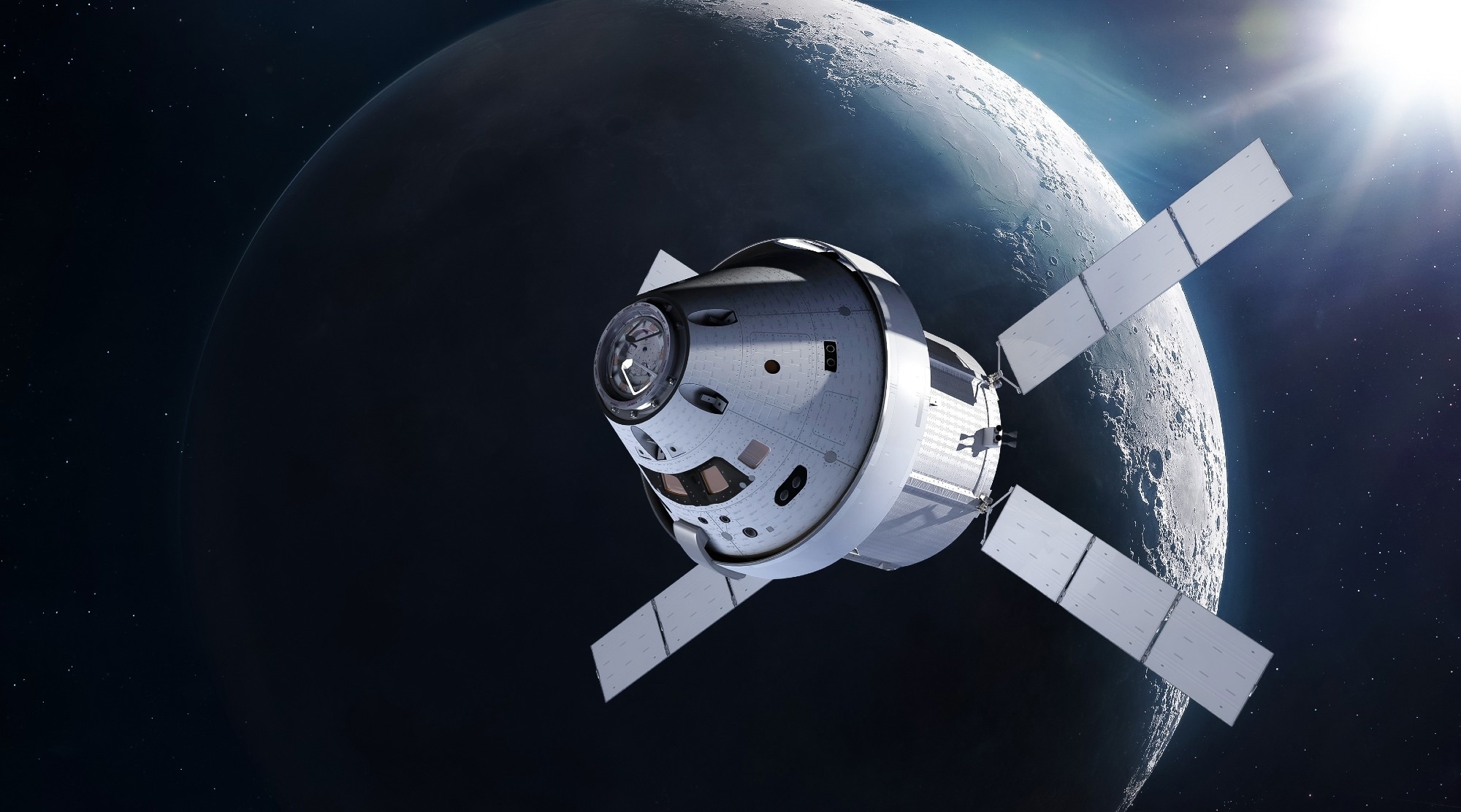A team of researchers from the University of Colorado Boulder has successfully launched the Surface Dust Analyzer (SUDA), a $53 million instrument that will play a key role in NASA’s Europa Clipper mission. SUDA is designed to analyze ice particles from Jupiter’s moon, Europa, and could potentially detect organic compounds in its hidden subsurface ocean. By tracing particles to specific regions on Europa’s surface, the instrument aims to provide valuable insights into the moon’s internal processes. The spacecraft is set for launch in October 2024.
 Study: Europa, here we come, Colorado space instrument headed to Jupiter’s moon. Image Credit: Dima Zel/Shutterstock.com
Study: Europa, here we come, Colorado space instrument headed to Jupiter’s moon. Image Credit: Dima Zel/Shutterstock.com
Methodology of SUDA Instrument
The SUDA was designed with precision to meet the challenging demands of the Europa Clipper mission. Developed by a team at the Laboratory for Atmospheric and Space Physics (LASP) at the University of Colorado Boulder, SUDA’s gold-plated, bucket-shaped structure weighs nearly 35 pounds. Its robust design ensures it can withstand the harsh environment of space while efficiently collecting ice particles from Europa’s atmosphere during 49 planned flybys.
SUDA’s mission involves sweeping through clouds of ice debris generated by tiny meteorite impacts on Europa’s surface. As the spacecraft travels at about 10,000 miles per hour, these high-speed particles strike SUDA’s target, generating enough energy to ionize the material. This ionization process breaks the particles down into their atomic and molecular components, which are then funneled into a time-of-flight mass spectrometer. The spectrometer identifies a variety of compounds, including salts and organic molecules, within the ice.
What sets SUDA apart is its extraordinary sensitivity—it can detect organic compounds at concentrations as low as one part per million. Designed to search for complex molecules such as amino acids, which are critical to life as we know it, SUDA is also capable of mapping the origin of these particles. By recording both the speed and orientation of the incoming ice grains, SUDA allows researchers to trace them back to specific locations on Europa’s surface. This provides crucial insights into regions of geological activity, which may offer the strongest evidence for a subsurface ocean.
To preserve the integrity of its data, stringent contamination controls were enforced. The SUDA team worked closely with scientists at JILA to coat the instrument’s impact target with a 250-nanometer-thick layer of ultra-pure iridium. This meticulous precaution minimized the risk of contamination from Earth-based materials, ensuring the purity of the data collected.
In essence, SUDA combines cutting-edge engineering, high-velocity particle analysis, and rigorous contamination protocols to offer unprecedented insights into the potential for life in Europa’s hidden ocean. Its innovative design and sophisticated detection methods are key to unraveling the mysteries of one of the solar system’s most intriguing moons.
Europa's Ice Analysis Insights
The SUDA instrument successfully demonstrated its capabilities during the initial phase of NASA's Europa Clipper mission. As it swept through the cloud of icy particles surrounding Europa at nearly 10,000 miles per hour, SUDA effectively captured and analyzed ice fragments generated by meteorite impacts on the moon’s surface.
These high-energy collisions caused the instant vaporization of the particles upon impact, resulting in their ionization and breakdown into molecular and atomic components. SUDA then directed this data to a time-of-flight mass spectrometer, which allowed for the precise identification of various compounds, including salts and organic molecules present in the ice.
A key outcome of this phase was SUDA’s remarkable sensitivity—able to detect organic compounds in concentrations as low as one part per million. Among the molecules identified were complex organic compounds, including amino acids, which are fundamental to life. While the confirmed existence of these organic molecules on Europa remains uncertain, SUDA’s ability to distinguish between different types of amino acids opens up exciting possibilities for future discoveries regarding the moon’s habitability.
Additionally, SUDA’s advanced methodology enabled researchers to trace the trajectories of incoming ice particles back to specific locations on Europa’s surface. This feature allowed for a targeted analysis of key geological regions, notably the chaos terrains of Thrace Macula and Thera Macula. By measuring the composition of materials from these areas, scientists gained new insights into the geological processes beneath Europa’s icy crust, furthering the mission’s overarching goal of determining whether the moon’s hidden ocean could potentially support life.
Conclusion
In summary, the SUDA instrument successfully demonstrated its advanced capabilities during the early stages of the Europa Clipper mission. Designed by a dedicated team at CU Boulder, SUDA was engineered to collect and analyze ice particles from Europa’s surface while traveling at high speeds. Its exceptional sensitivity allowed it to detect organic compounds and trace particle trajectories back to their origins on the moon. The mission aims to explore Europa’s potential to support life and provide valuable insights into the hidden ocean beneath its icy crust.
Journal Reference
Daniel Strain (2024). Europa, here we come, Colorado space instrument headed to Jupiter’s moon. CU Boulder Today. https://www.colorado.edu/today/2024/09/27/europa-here-we-come-colorado-space-instrument-headed-jupiters-moon
Disclaimer: The views expressed here are those of the author expressed in their private capacity and do not necessarily represent the views of AZoM.com Limited T/A AZoNetwork the owner and operator of this website. This disclaimer forms part of the Terms and conditions of use of this website.